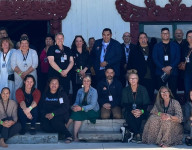
Tā mātau tukanga ā-wāhi Our place-based approach
Every community has their own housing and urban development challenges and opportunities and a 'one size fits all' approach will not work to address them.
We're taking a deliberate, place-based approach to tackling Aotearoa New Zealand's housing and urban development challenges. This approach uses an understanding of places to inform how we work with communities.
Close engagement will not be needed to drive change in all places. In some places, local leadership and action will be sufficient to deliver better outcomes for people. In other places, we will work closely with communities to develop and implement local solutions to bring about the necessary change.
Through our place-based approach, we are continuously learning about places – how they are performing relative to one another and why we are seeing the outcomes we are seeing. This helps us to improve our national settings so that they deliver better outcomes for people in all places.
Active partnerships
Partnerships provide a way for central government and local partners to decide how working together can address the housing and urban challenges in their community. All our partnerships apply a kaupapa Māori lens to deliver solutions that are relevant to and co-delivered by Māori.
The map below shows our 10 active partnerships in communities across Aotearoa New Zealand, covering around 80% of the country’s population.
While our partnerships are currently limited to these 10 places, the Government is delivering specific programmes and new public housing in other parts of the country as well. This is very different from the engagement in our partnership locations, which is broad and requires work with many stakeholders.
Urban growth partnerships
These support an integrated approach to land use and infrastructure planning for major urban areas and growth corridors. The urban growth partnerships are also starting to focus on housing issues.
Place-based partnerships
Our other partnerships are supporting communities with poor housing outcomes to achieve enduring improvements for their communities.
Priorities
Here are the priorities that we apply across our partnerships.
Support Māori-led solutions
In our partnerships, we use a Te Maihi o te Whare Māori – Māori and Iwi Housing Innovation (MAIHI) framework to support Māori-led local solutions to ensure that Māori have safe, healthy and affordable homes with secure tenure.
Whai Kāinga Whai Oranga provides funding to support Māori housing supply objectives.
Learn more about Whai Kāinga Whai Oranga
Support people at risk of or experiencing homelessness
Our partnership work supports people experiencing homelessness to access and sustain housing through the delivery of the Aotearoa New Zealand Homelessness Action Plan initiatives.
Learn more about the Homelessness Action Plan
We also work with Kāinga Ora - Homes and Communities, Community Housing Providers and other local partners to deliver the Public Housing Plan.
Learn more about the Public Housing Plan
Better planning
Our partnerships support better planning and land-use regulation, including by implementing the National Policy Statement – Urban Development (NPS-UD).
Liveable and resilient cities
We aim to support liveable and resilient cities that give people more and better options for housing and encourage lower emissions from urban form and construction, in line with the Urban Growth Agenda objectives.
Learn more about the Urban Growth Agenda
Invest in infrastructure
Infrastructure investment is critical to build homes and communities. We work to align investment plans across different government agencies and councils, for greatest impact.
Learn more about the Infrastructure Acceleration Fund
Affordable homes
Our partnerships work to ensure that more affordable homes are built by government and the private sector and that there are pathways to affordable housing options.
Progressive Home Ownership supports individuals and whānau into home ownership, while build-to-rent provides long-term affordable rental accommodation to tenants.
Learn more about Progressive Home Ownership
Learn more about Build-to-rent
You may also be
interested in
More houses in well-planned communities
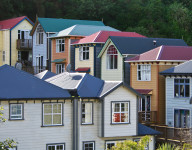
Housing by Māori, for Māori and with Māori
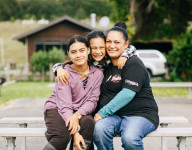
Homelessness response
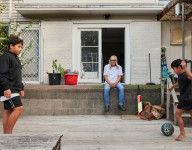
Affordable homes
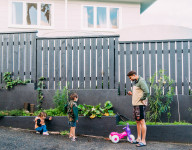
Homes for renters

Māori and Iwi Housing Innovation (MAIHI) Framework for Action
